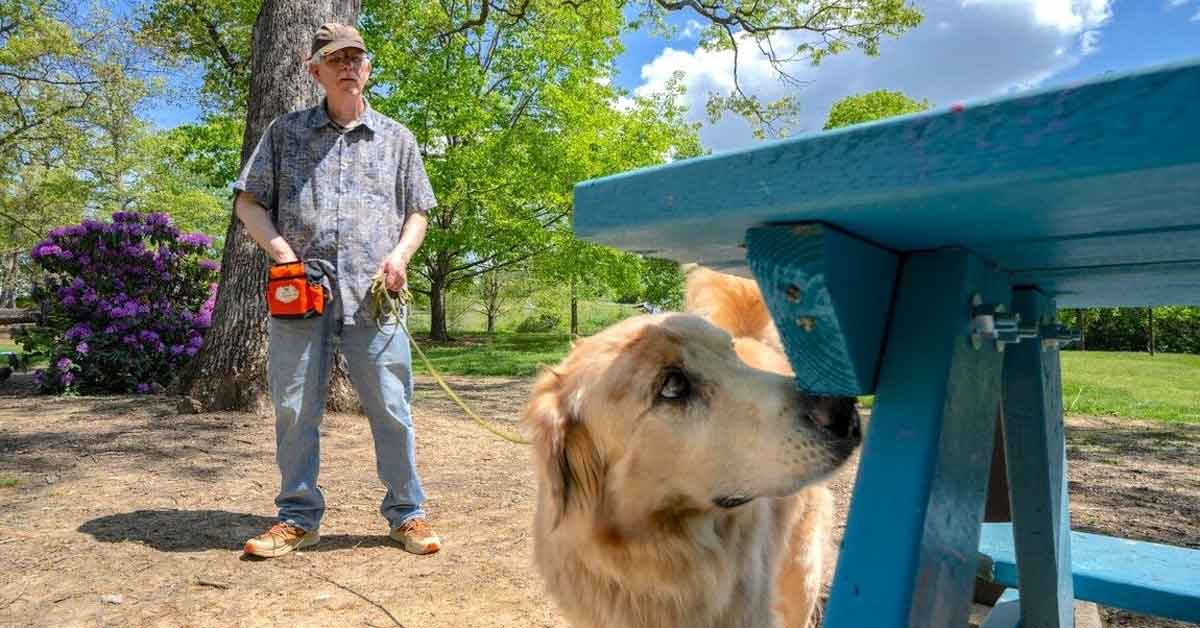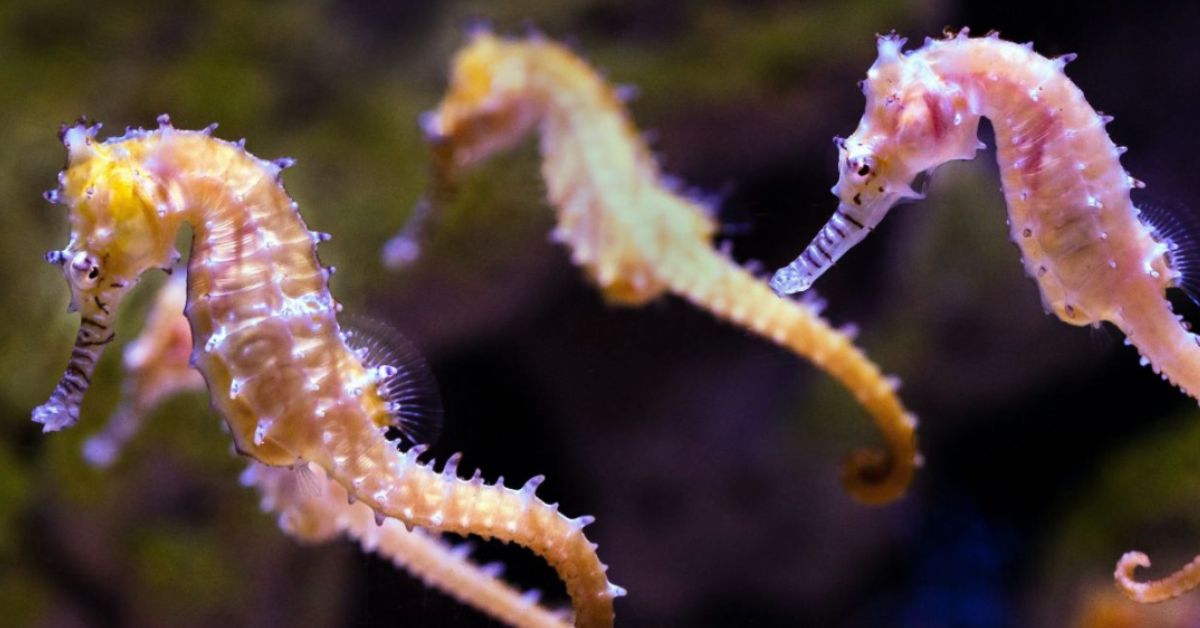As climate change continues to rear its destructive, uncertain head, canine companions are playing a vital role.
There are conservation dogs sniffing out invasive species in nature preserves, helping to clean contaminated waterways, and even avalanche rescue dogs that save people in the great outdoors.
Most of these dogs are bred for greatness and train their whole puppyhood to work in these roles.
But a recent study from Virginia Tech wondered: Can everyday dogs do the same?
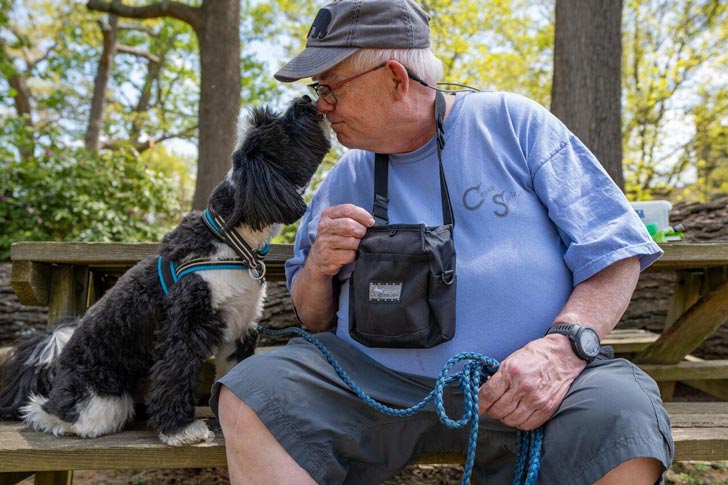
In the study, Virginia Tech conducted a first-of-its-kind experiment to see if citizen dog-handler teams can achieve species detection rates comparable to those of professional conservation dogs.
Over 1,000 dog owners expressed interest in the study, with more than 40% of them having prior experience in sport scent detection or other related activities.
Sport scent detection is a recreational activity in which dogs find hidden scents in training classes, and sometimes, competitions.
Ultimately, the researchers selected 182 canine-citizen teams across the U.S. to participate in their trial to see if everyday people and pets could effectively detect the “elusive” egg masses of the spotted lanternfly.
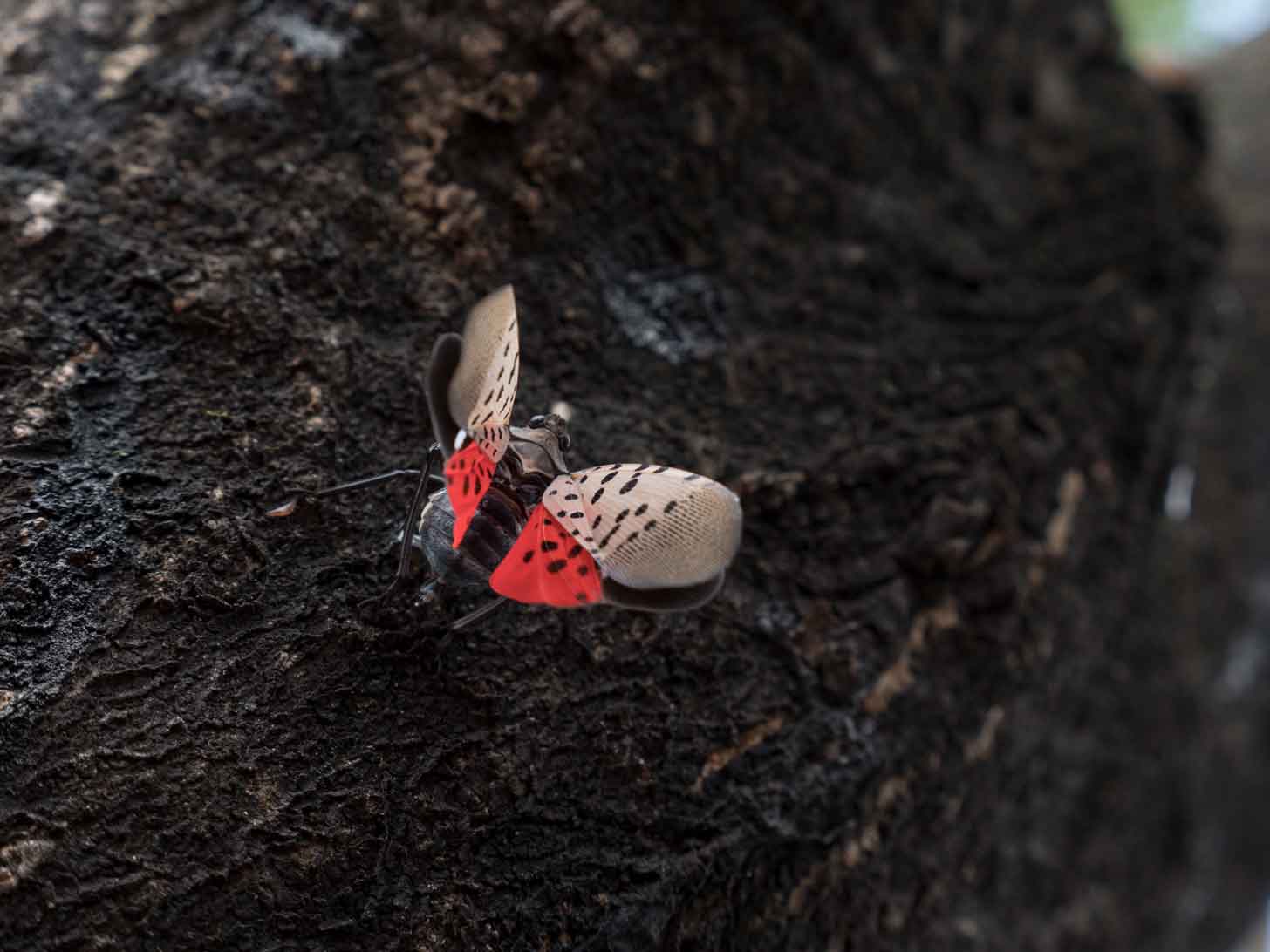
The species is an invasive insect that has been damaging farms and forests across the eastern and central United States since it was first found in Pennsylvania in 2014.
In the years since, the species — native to Asia — has spread rapidly to 18 states, where lanternflies lay eggs on trees, stone, lumber, and even cars and trailers.
To eradicate the threat, it’s important to catch the egg masses early, but according to the study’s co-author, Mizuho Nita, “finding them is like searching for a needle in a haystack.”
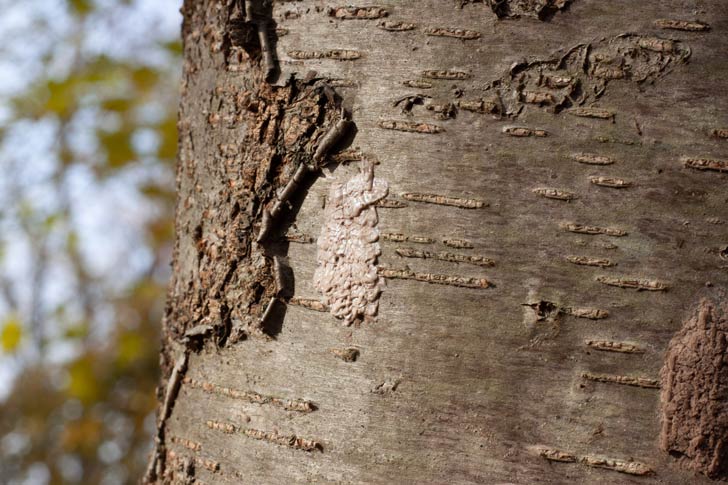
With their keen sense of smell, dogs can be trained to sniff out the egg masses without disturbing the environment. Professional detection dogs do this with high accuracy, but there are not nearly enough of them to tackle the mounting concern of the invasive species, an article for the university explained.
“What if we tapped into the tens of thousands of dog owners already doing scent detection as a hobby around the country?” the researchers asked.
So, with 182 citizen scientists and their furry friends on board, researchers provided them with “devitalized” or non-hatching egg masses as a training aid. The participants trained their dogs at home or in small groups with the help of a local trainer to learn how to identify the invasive species.
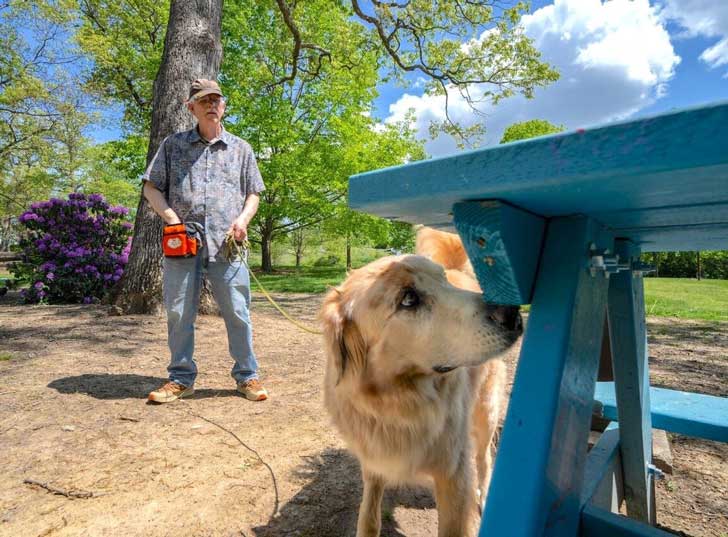
“Anytime you can stimulate your dog, it’s good for them,” participant Bill Wellborn said, of his 7-year-old Tibetan terrier, Pepe.
“Pepe obviously enjoys it. And it’s a way we can take dog skills and training to help our community.”
Wellborn and Pepe — and the other participating teams — worked in sessions multiple days a week for several months, with dogs eventually tested in two environments.
In a controlled indoor environment, the dogs had to complete an odor recognition test, in which they identified the box with the spotted lanternfly egg masses from multiple boxes with other items and scents.
The dogs that passed this test then advanced to a field test outdoors, where they were required to find the same scent outside, with other competing smells.
They correctly identified the egg masses 82% of the time in the controlled tests and 61% of the time in field trials. Although the field test number dropped, it’s still a better score than human-only searches.
“These teams demonstrated that citizen scientists and their dogs can play a meaningful role in protecting agriculture and the environment from invasive species,” Sally Dickinson, the study’s lead author, said in a statement.
“With proper training, dog owners can turn their pets into powerful partners for conservation.”
For the dogs that passed both tests, 92% were successful in finding live egg masses with minimal extra training, according to the researchers.
“There are thousands of people out there doing scent work with their dogs just for fun,” Erica Feuerbacher, an animal behaviorist and a co-author on the study, said.
“What Sally’s study shows is that this can be more than a hobby — these citizen-scientists and their dogs can be a valuable resource for fighting the spread of an invasive pest.”
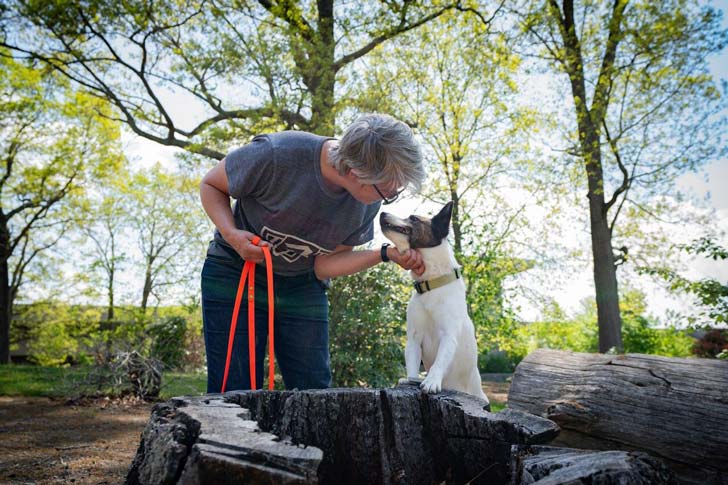
The dog handlers agree.
“Being able to do the same thing for the greater good — for citizen science — adds another layer we didn’t have before,” Katie Thomas, a participant, shared about her pit bull mix, Finch.
And now, with a proven concept, the future is bright for dog owners who want to bond with their pets and do a little more good.
“This research is about more than detection,” Dickinson concluded. “It’s about empowering people to work alongside their dogs to protect the places and communities they care about.”
You may also like: 'Feces-sniffing' dog trained by veterans gets new job cleaning contaminated waterways
Header image by Clark DeHart for Virginia Tech
